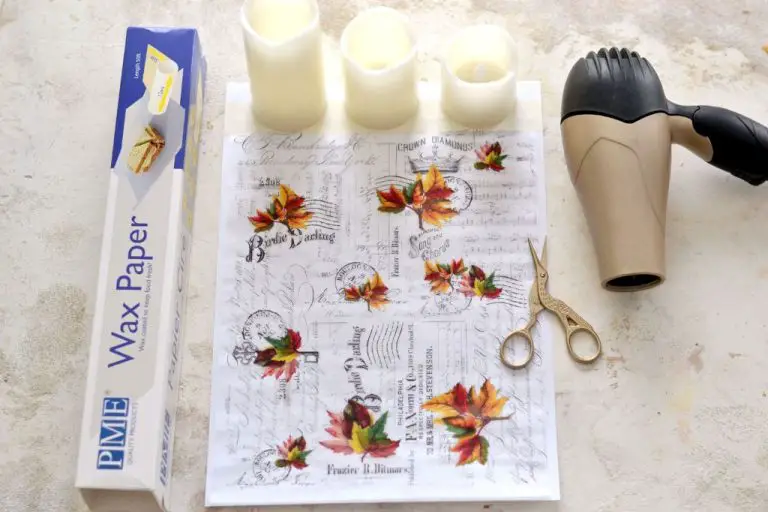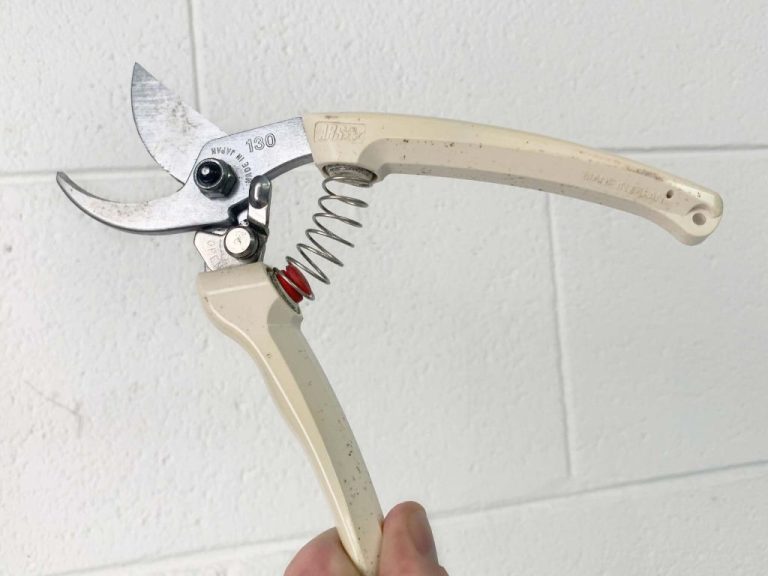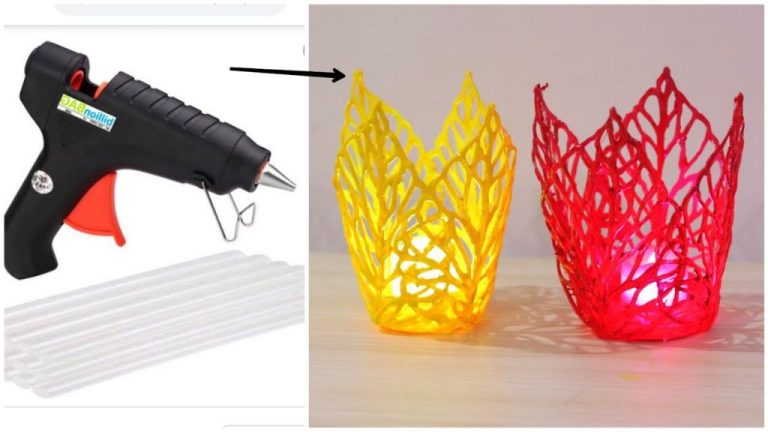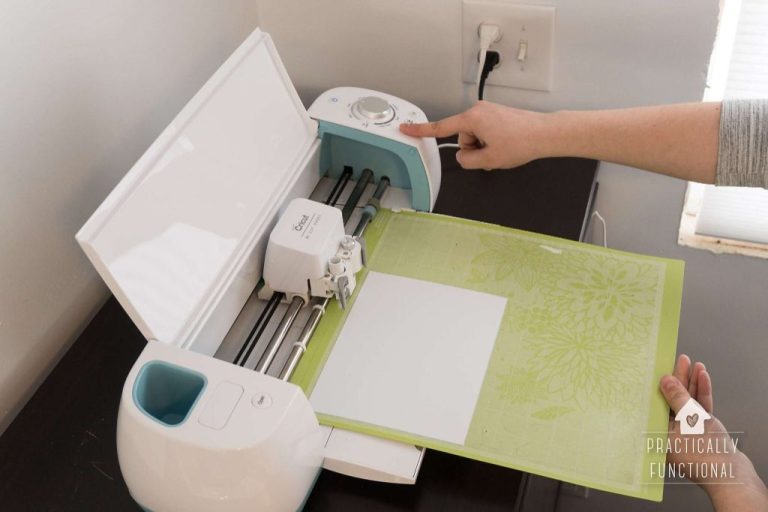Is It Okay To Cut-Flower Stems?
We’ve all received a beautiful bouquet of flowers as a gift before. The burst of color and sweet aroma can brighten up any room. But before you place those flowers in water, you may be wondering – should I cut the stems? There’s a good reason why most florists and experts recommend cutting the stems.
Cutting the stems allows the flowers to absorb more water, leading to longer-lasting blooms. According to Sarah Ryhanen, floral designer at Michael George Floral Design, “[cutting stems] exposes more of the stem to the water so the flower head can take up as much water as possible.” Without a fresh cut, the stem can seal over, preventing the uptake of water (https://www.foxnews.com/lifestyle/beautiful-floral-arrangements-springtime-easier-create-you-think). The key is using a sharp knife or scissors for a clean cut.
Why People Cut Stems
The main reason people cut flower stems before placing them in a vase is to make the flowers last longer.
Cutting the stems provides a fresh surface for the flower to absorb water, allowing the stems to take up water more efficiently. When stems are initially cut from the plant, the ends seal over and prevent water uptake. According to Chrysal, if cut flowers have been dry for more than 30 minutes, cutting off a part of the stem allows for better water flow.
Air bubbles can also get trapped in stems after they are initially cut. Cutting the stems provides an opportunity to remove these air bubbles. Air bubbles will lead to blocked water flow and cause the flowers to wilt more quickly. According to Salisbury Greenhouse, skipping a fresh trim of the stems will reduce the vase life of fresh flowers.[1][2]
Pros of Cutting
Cutting flower stems allows for greater water uptake and improves hydration of the bloom (Urban Stems). When stems are initially cut by the grower, they seal off the bottom of the stem which prevents water absorption. By providing a fresh cut right before displaying the flowers in a vase, it opens up the stem to take in more water. This helps keep flowers hydrated for longer.
Additionally, cutting removes any crushed or damaged parts of the stem from handling and transport (Chrysal). Any bruised or crushed areas will not uptake water as effectively, so trimming them improves overall water flow. Cutting also removes any dried or woody parts at the bottom from age. A fresh, clean cut helps maximize water intake through the stems.
Proper hydration allows flowers to stay healthy and last longer in arrangements. Cutting flower stems is an easy way to improve water flow and extend the vase life of blooms.
Cons of Cutting
One potential downside of cutting flower stems is that it can damage the vascular system of the plant. The stems contain xylem and phloem tissues that transport water and nutrients throughout the plant. Cutting the stems interrupts these vascular tissues, which can impede the plant’s ability to take up water and nutrients (Source).
When stems are cut, new closure layers form over the cut area. These closure layers can sometimes plug the xylem tissues, blocking water uptake. Cutting under water helps prevent air bubbles from forming in the xylem, reducing the chances of vascular blockages.
Repeated cutting of stems over time can also weaken plants by diverting energy into healing the cuts rather than growth. For best results, cut stems at an angle to maximize exposed surface area for water uptake.
Best Practices for Cutting Flower Stems
When cutting flower stems, it is important to follow best practices to maximize the life of your flowers. Here are some key tips:
Use sharp, clean shears. Dull blades will crush stems rather than cutting them cleanly, which can impede water uptake. Disinfect pruners regularly with rubbing alcohol to avoid transferring bacteria from stem to stem. Opt for bypass pruners over anvil pruners for the cleanest cuts.
According to How To Properly Cut Your Flower Stems, you should cut stems on a 45 degree angle. This allows more surface area for water intake.
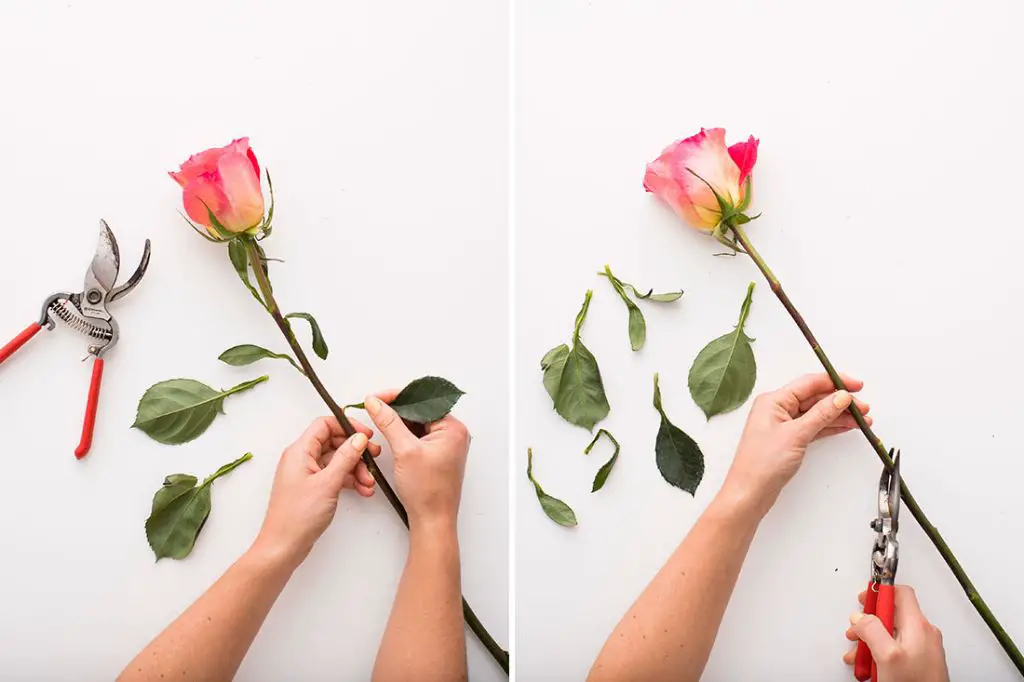
Remove any leaves that would sit in the water, as they promote bacterial growth. Use a clean vase to avoid bacteria. Change the water every 2-3 days.
Cutting Different Stems
The optimal cutting method can vary depending on the type of flower stem. Flower stems are generally categorized as either woody or herbaceous.
Woody stems like those of roses and trees have tough, wood-like structures that transport water and nutrients. These stems should be cut on an angle or diagonal to maximize the surface area exposed and allow more water uptake (1). Cutting woody stems straight across can crush and block the vessels that transport water.
Herbaceous stems like those of tulips and daffodils have softer, more pliable stems without woodier vascular structures. These stems can often be cut straight across with scissors without damaging their ability to uptake water (2).
The angle or diagonal cut is most critical for woody stems to keep their water flow unobstructed. Herbaceous stems are more flexible in how they can be cut without harming water transport.
(1) https://julieblanner.com/last-minute-flower-arrangement/
(2) https://www.quora.com/Can-I-put-roses-and-tulips-together-in-a-vase
When to Cut Stems
One of the most important times to cut flower stems is right after purchasing or receiving a bouquet. According to The Plant Gallery, you’ll want to cut about 1-2 inches off the bottom of each stem as soon as you get them home. This creates a fresh cut surface that will allow the stems to absorb more water (Source).
Cutting stems after purchase removes any damaged or crushed ends from transportation. It also gets rid of stem parts that may have sealed up while out of water. Starting with a fresh cut allows maximum water uptake right away.
How Much to Cut
The general recommendation is to cut 1-3 inches off the bottom of the flower stems before putting them in a vase. Cutting more than this is usually not necessary. According to Salisbury Greenhouse, “Typically, cutting about 1-2 inches up from the bottom of the stem is sufficient.”
Good Housekeeping also recommends cutting stems at an angle about 1-2 inches from the bottom: “Stems should be cut at an angle with a sharp clean pair of clippers, says Ghitelman. It provides a wider surface for water to travel up the stem.”
Bloomon advises cutting about one centimeter off the stems: “Cut about one-centimetre off your stem at a sharp, clean angle (roughly 45 degrees, but who’s counting!). A sharp knife or pair of secateurs does the job nicely.”
So in summary, 1-3 inches is the generally recommended amount to cut off flower stems before putting them in a vase of water.
Caring for Cut Stems
Proper care is essential for cut stems to maximize their lifespan. The most important aspect of caring for cut flowers is changing the water daily. The water will contain bacteria from the stems that can clog the stems and prevent them from absorbing water. Dump out old water, rinse the vase thoroughly, refill with fresh, clean water and recut the stems about 1-2 inches with a sharp knife or scissors each day (Source 1). Recutting the stems opens up the stem to absorb more water. Use clean, sharp scissors or a knife each time to avoid crushing the stems. Keep the vase filled with a few inches of water at all times.
Conclusion
In summary, cutting flower stems appropriately can prolong the life of your cut flowers. When cutting stems, use sharp, clean scissors or a knife at a 45 degree angle. Remove 1-2 inches from the bottom of the stem, and be sure to re-cut the stems every couple of days. Remove any leaves that will sit below the water line, as leaves promote bacterial growth. Immediately put cut flowers in a vase with fresh water and floral preservative. Monitor water levels and change the water frequently. With proper cutting and care techniques, you can enjoy your cut flowers for over a week.



